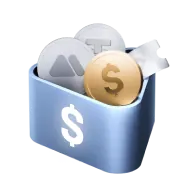Must-Read for New Users! 11 MEXC Spot Trading FAQs

1. What is spot trading?
- Investors looking to hold mainstream crypto like BTC or ETH long-term
- Beginners who want low-risk exposure to crypto markets without leverage
- Individuals or institutional accounts that need flexible withdrawals and asset management
2. What's the difference between spot and futures trading?
Feature | Spot Trading | Futures Trading |
Asset Ownership | Real ownership | Contracts only |
Settlement | Immediate | Cash-settled based on price changes |
Leverage | No | Yes (adjustable) |
Risk Level | Relatively low | High, requires position management |
Profit Method | Sell after asset appreciation | Profit from price difference via long/short positions |
3. What are MEXC's Spot trading fees?
- Fees are charged in the currency of the market you are trading. For example, in the BTC/USDT pair, buying BTC incurs a fee in BTC, while selling BTC incurs a fee in USDT.
- Fees are calculated as executed amount × applicable rate, where the executed amount is determined by the transaction price and quantity.
- No fees are charged for unfilled or canceled orders; only the portion that is actually executed is subject to fees.
Type | Fee Rate | Discount Available |
Maker | 0% | Yes (default 0%) |
Taker | 0.05% | Supports MX discount |
4. What are Takers and Makers?
- Executed price: 2.25 USDT
- Quantity: 1 MX
- Fee rate: 0.05%
- Fee = 2.25 × 0.05% = 0.001125 MX
- Net received = 1 - 0.001125 = 0.998875 MX
5. What order types are supported in spot trading?
5.1 Limit Order
5.2 Market Order
5.3 Take-Profit / Stop-Loss (TP/SL) Orders
5.4 One-Cancels-the-Other (OCO) Order
- A limit sell order: sell when the price rises to 32,000 USDT
- A stop-limit order: sell when the price drops to 28,000 USDT
6.How do I check my order history?

7. How do I resolve insufficient balance caused by open orders?

8. How do I make a deposit?
- Log in to your account
- Go to the deposit page
- Select the cryptocurrency and network
- Generate the deposit address
- Initiate the transfer from the original platform
- Wait for blockchain confirmation
9. What Are the Main Zone, Innovation Zone, and Assessment Zone in Spot Trading?
9.1 Main Zone

9.2 Innovation Zone

9.3 Assessment Zone

10. Is there a minimum order quantity and minimum total order amount for each trade?
11. What's the difference between Open Orders, Order History, and Trade History?
12. Conclusion
- Why Choose MEXC Futures? Discover the unique benefits and features that give MEXC an edge in Futures trading.
- Futures Trading Tutorial (App) A detailed walkthrough of how to trade Futures on the mobile app, perfect for beginners.
Popular Articles
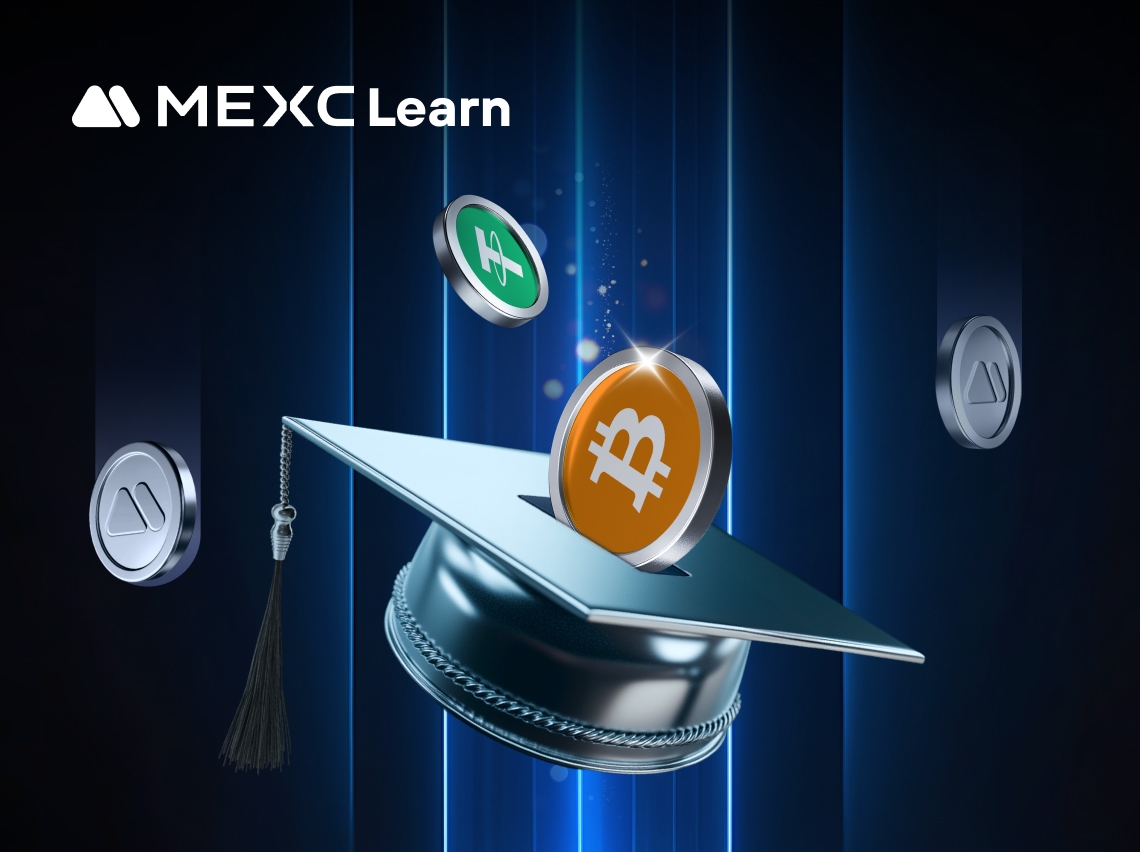
Is Bitcoin Going to Crash? Expert Analysis of the $600 Billion Market Wipeout
Bitcoin has dropped below $90,000, marking a seven-month low and erasing nearly 30% of its value since October's peak of $126,000.The cryptocurrency market has wiped out over $600 billion in value, le
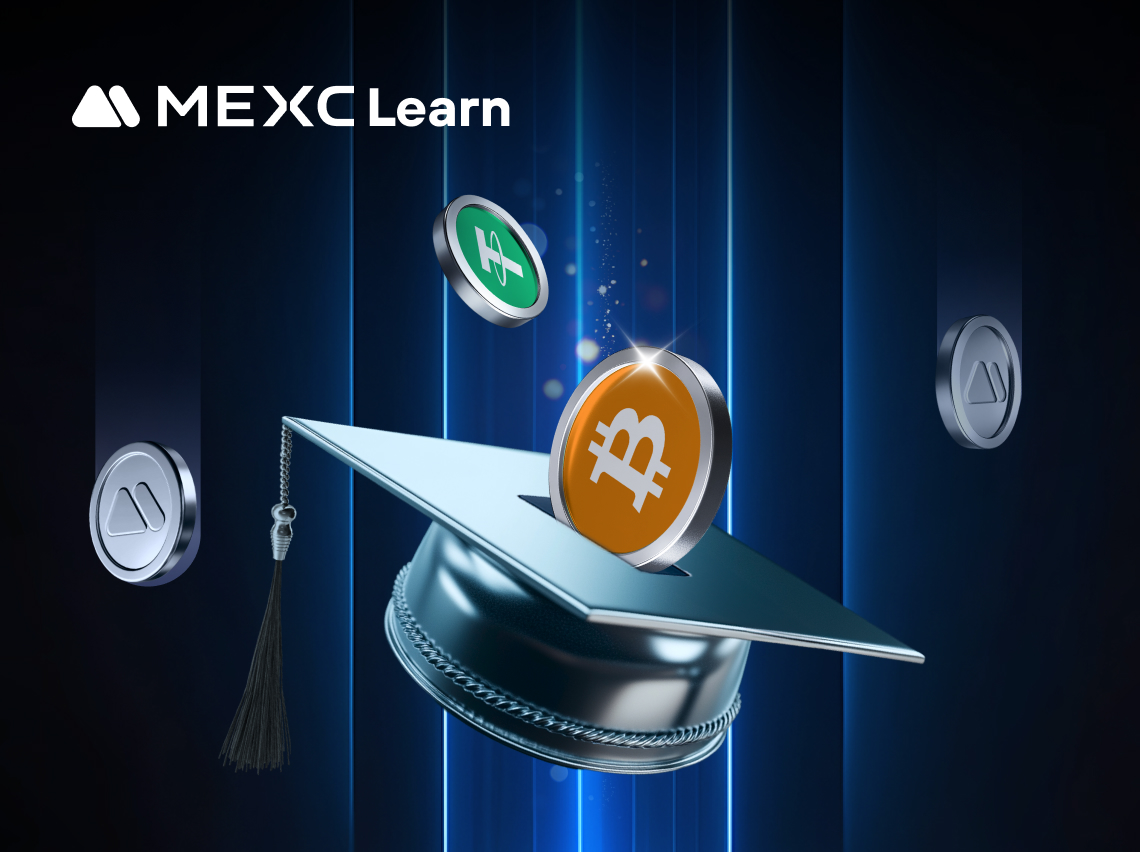
MSTR mNAV Drops Below 1, How to Buy MSTR in the Crypto Market
Key TakeawaysRare Discount Signal (mNAV < 1) MSTR's Market Value to Net Asset Value (mNAV) dropping below 1 is a historically rare event. It signals that the company's market valuation is currently lo
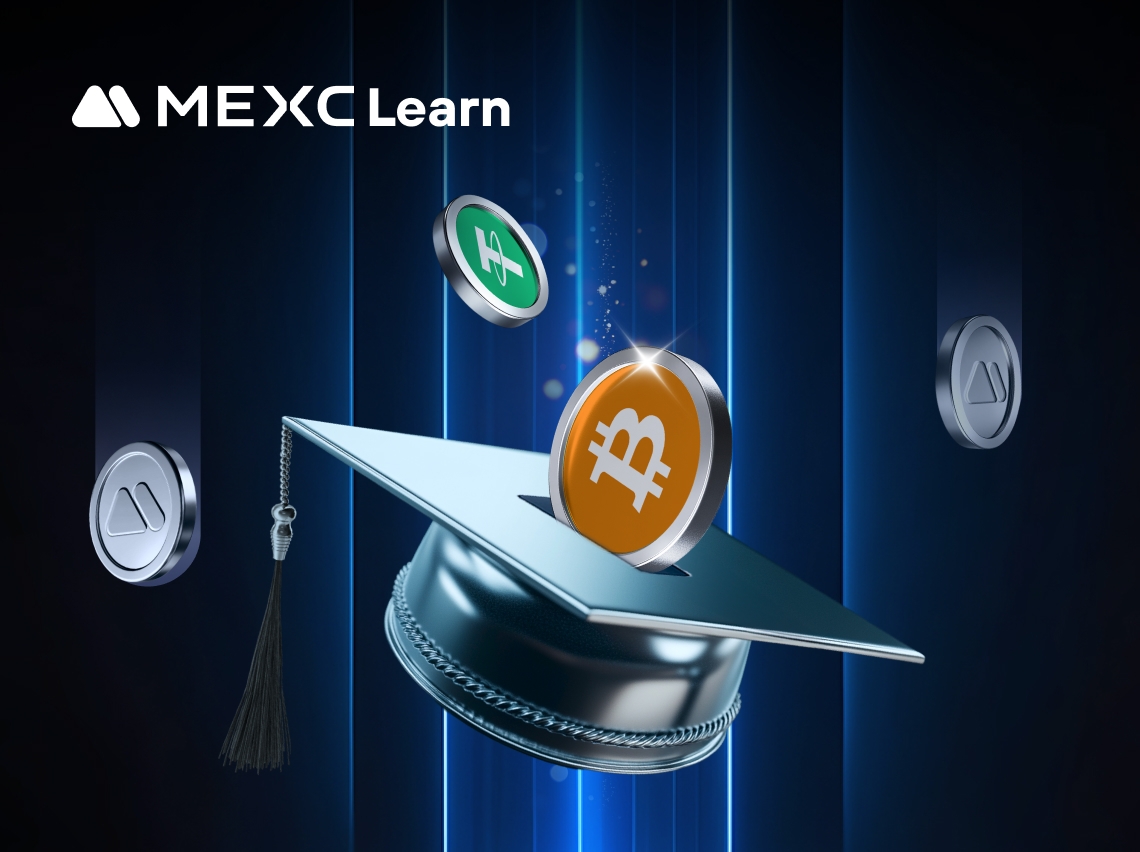
How Much Bitcoin Does Satoshi Have? Here's The Answer
Satoshi Nakamoto, Bitcoin's mysterious creator, holds approximately 1 million BTC. At Bitcoin's current market price, this fortune is worth over $100 billion, representing roughly 4.8% of Bitcoin's to
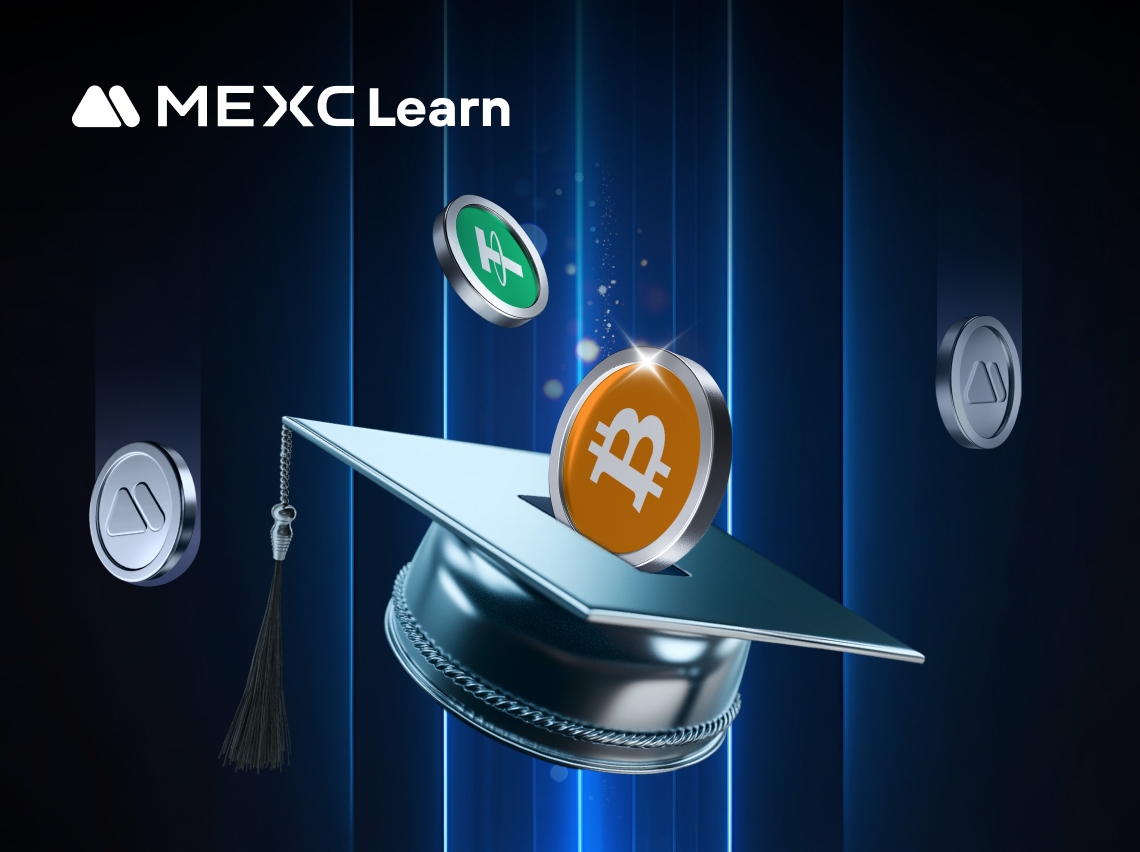
Why is Bitcoin Going Up? Key Factors Behind Bitcoin's Price Up
If you've been watching the cryptocurrency markets lately, you've probably wondered why is Bitcoin going up to such remarkable levels. Bitcoin recently smashed through $120,000 and continues climbing
Hot Crypto Updates
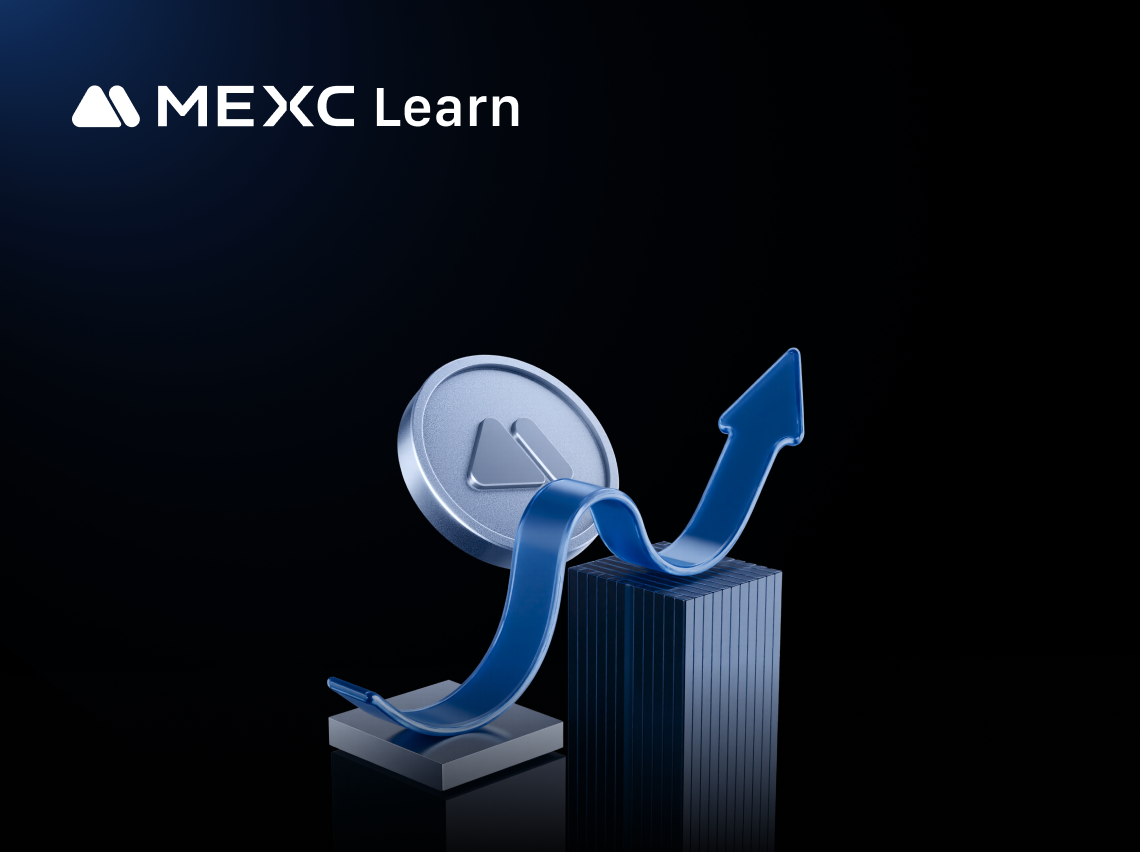
Zcash Wallet: Your Complete Guide to Storing ZEC Safely
A Zcash wallet is a digital tool that lets you store, send, and receive ZEC coins securely.Think of it as your personal bank account for Zcash, where you hold the keys to your privacy-focused cryptocu
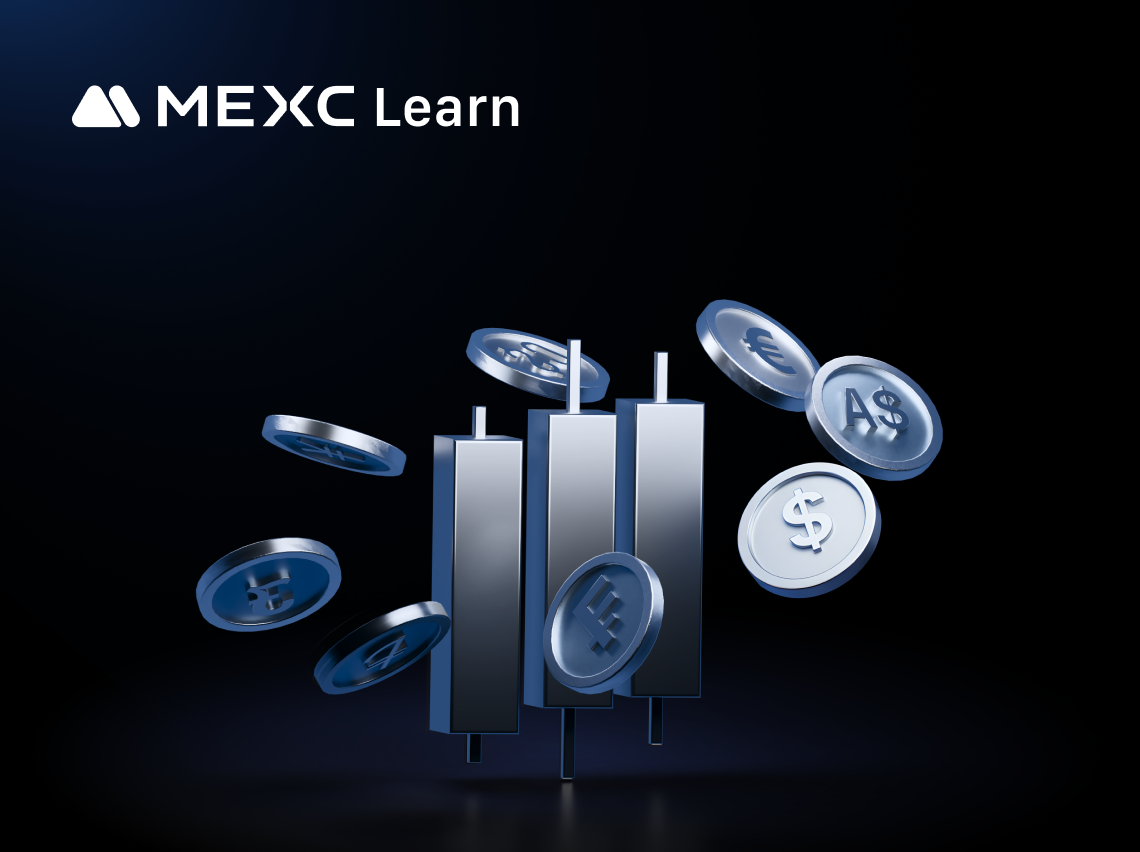
Zcash Price Prediction: What to Expect from This Privacy Coin
Privacy coins are making waves in the crypto market, and Zcash (ZEC) is leading the charge. This digital asset has caught investors' attention with impressive price movements and growing adoption.If y
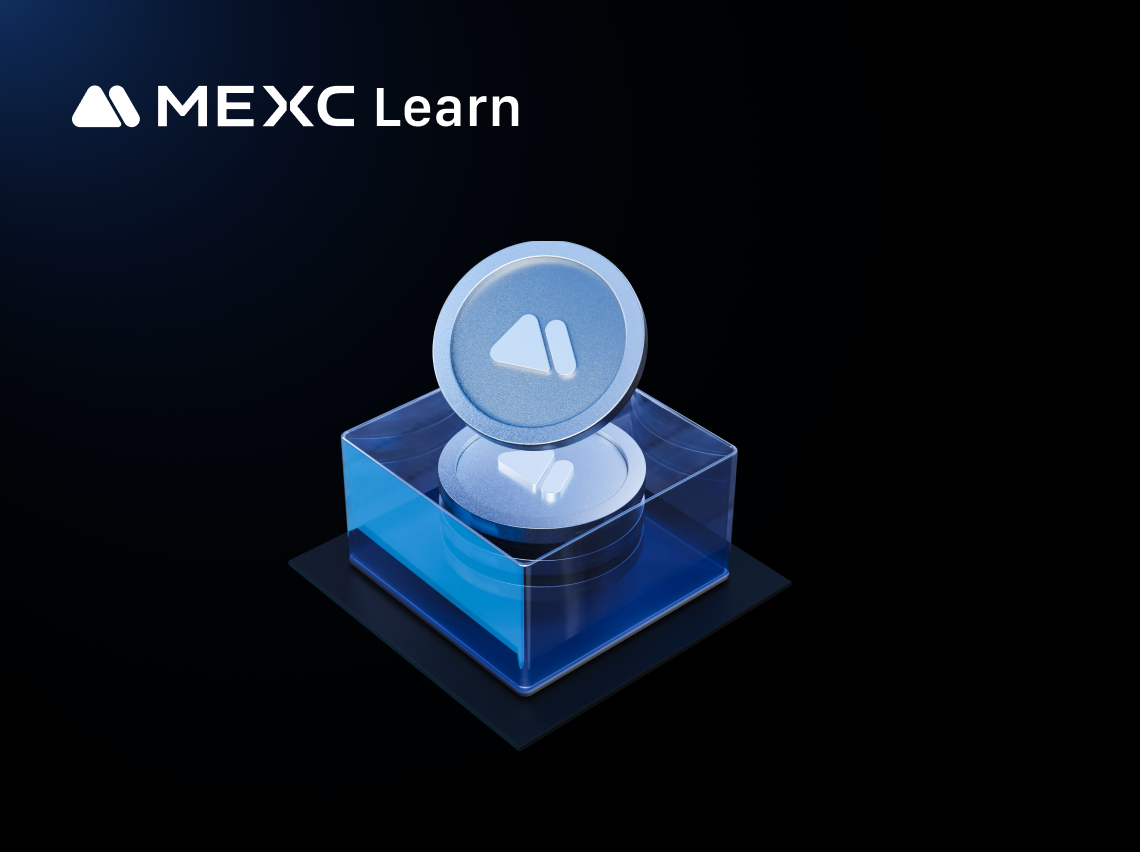
Zcash News: Privacy Cryptocurrency Gains Momentum in Crypto Market
Privacy-focused cryptocurrencies are capturing renewed attention, and Zcash is leading the charge.The digital asset has experienced significant market activity, driven by institutional interest and gr
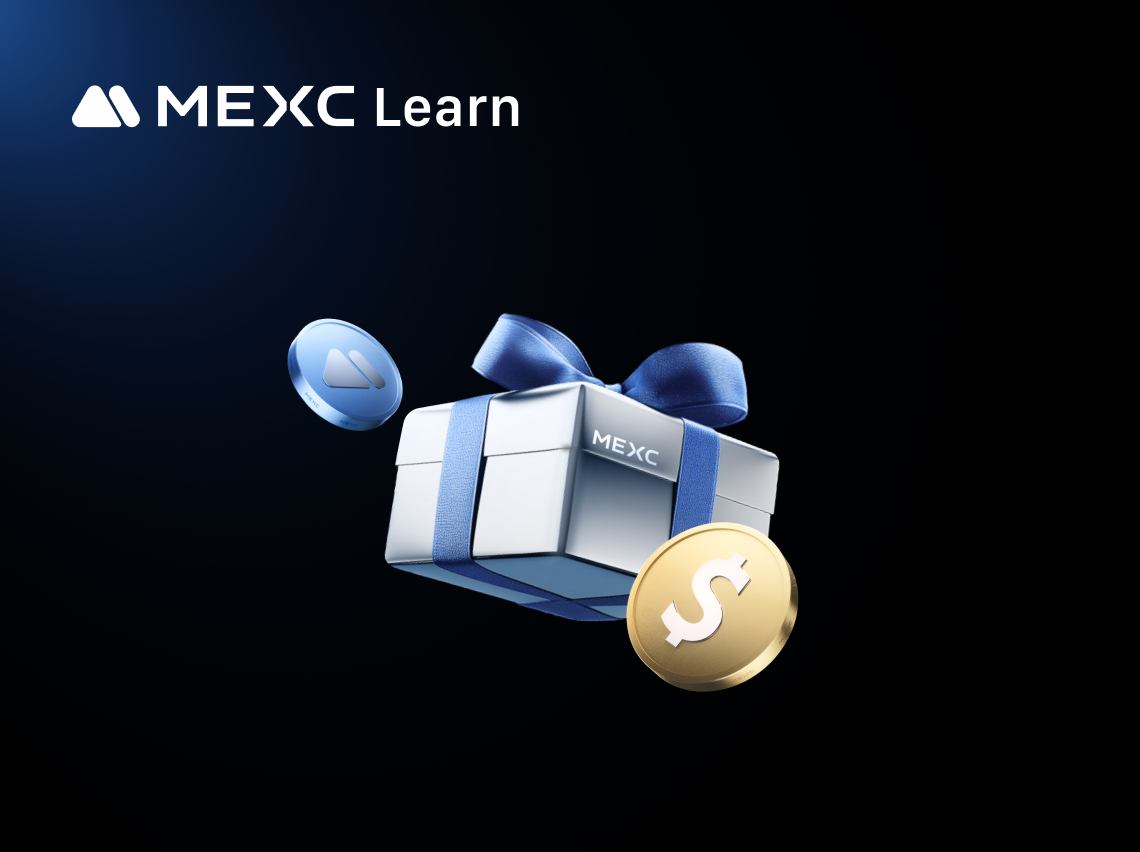
Beeg Blue Whale Future Outlook: In-Depth Analysis of Investment Opportunities and Challenges in Sui Ecosystem Meme Coins
Key TakeawaysSui blockchain as next-generation high-performance Layer-1 public chain provides ideal technical environment for BEEG and other meme coinsSui ecosystem TVL continues growing with meme coi
Trending News

South Korea’s $657 Million Exit from Tesla Signals a Big Crypto Pivot
In a dramatic shift in investment patterns, South Korean retail investors withdrew $657 million from Tesla stock in August 2025, representing the largest monthly outflow in more than two years. At the
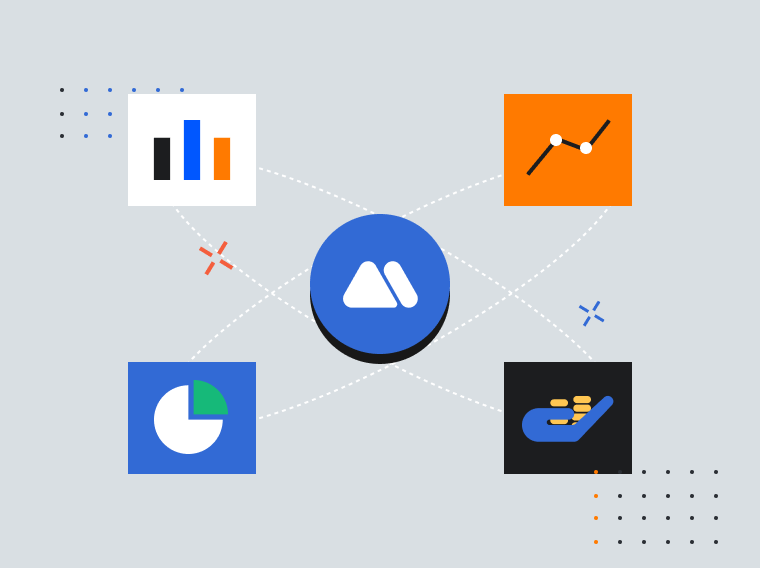
Vico Sotto, coalition push for passage of Anti-Dynasty Law | The wRap
Today’s headlines: Anti-Dynasty Law, Janet Napoles, Lando Norris | The wRap

Tether Moves $3.9B BTC for Jack Mallers’ ‘Twenty One’ NYSE Debut
A massive 43,033 BTC transfer flagged by Whale Alert Sunday is not a sell-off—it is the settlement capital for Twenty One (XXI), the Bitcoin-native firm led by Jack Mallers set to list on the NYSE Dec
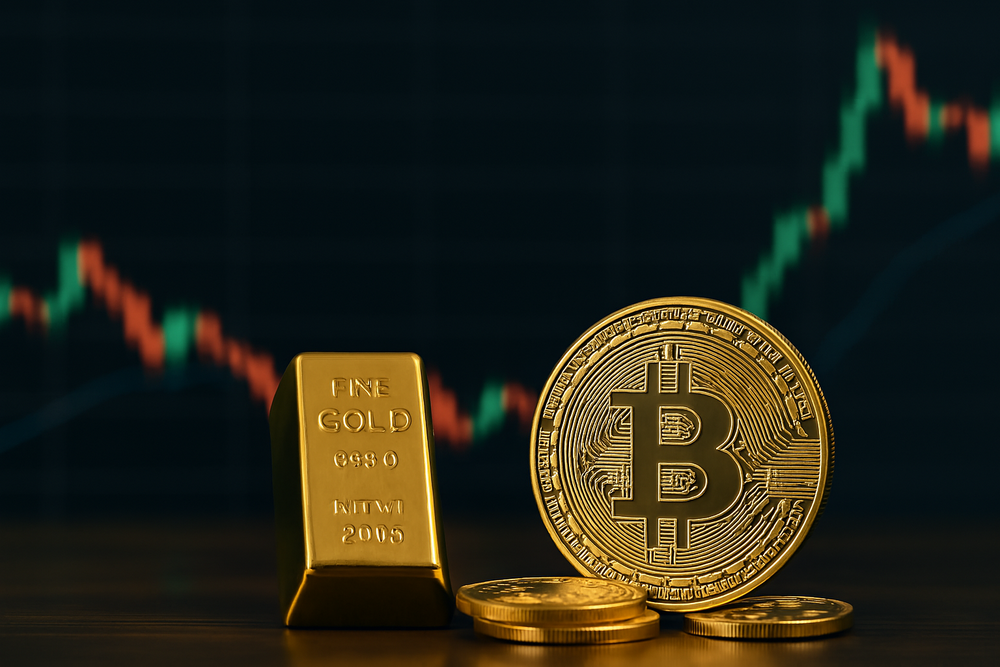
Gold continues to hit new highs. How to invest in gold in the crypto market?
As Bitcoin encounters a "value winter", real-world gold is recasting the iron curtain of value on the blockchain.
Related Articles

Different Types of Spot Orders
The MEXC platform offers four types of spot orders: Limit Orders, Market Orders, Take-Profit/Stop-Loss Orders, and OCO (One-Cancels-the-Other) Orders.1. Limit OrderWith limit orders, users can set the
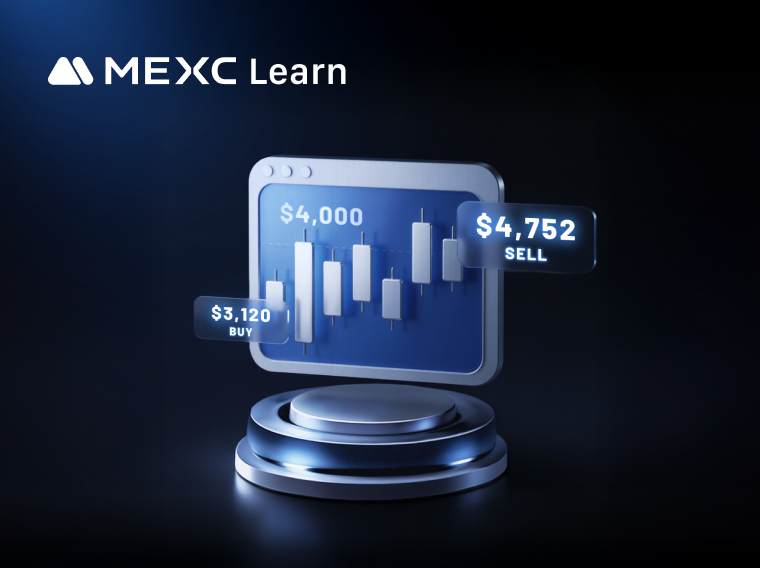
What are Take-Profit/Stop-Loss Orders? Your Automated Tool for Risk Management and Profit Locking
1. What Is a Take-Profit/Stop-Loss Order? A Take-Profit/Stop-Loss order lets users set a trigger price in advance, along with the price and quantity to buy or sell once the trigger is reached. When th
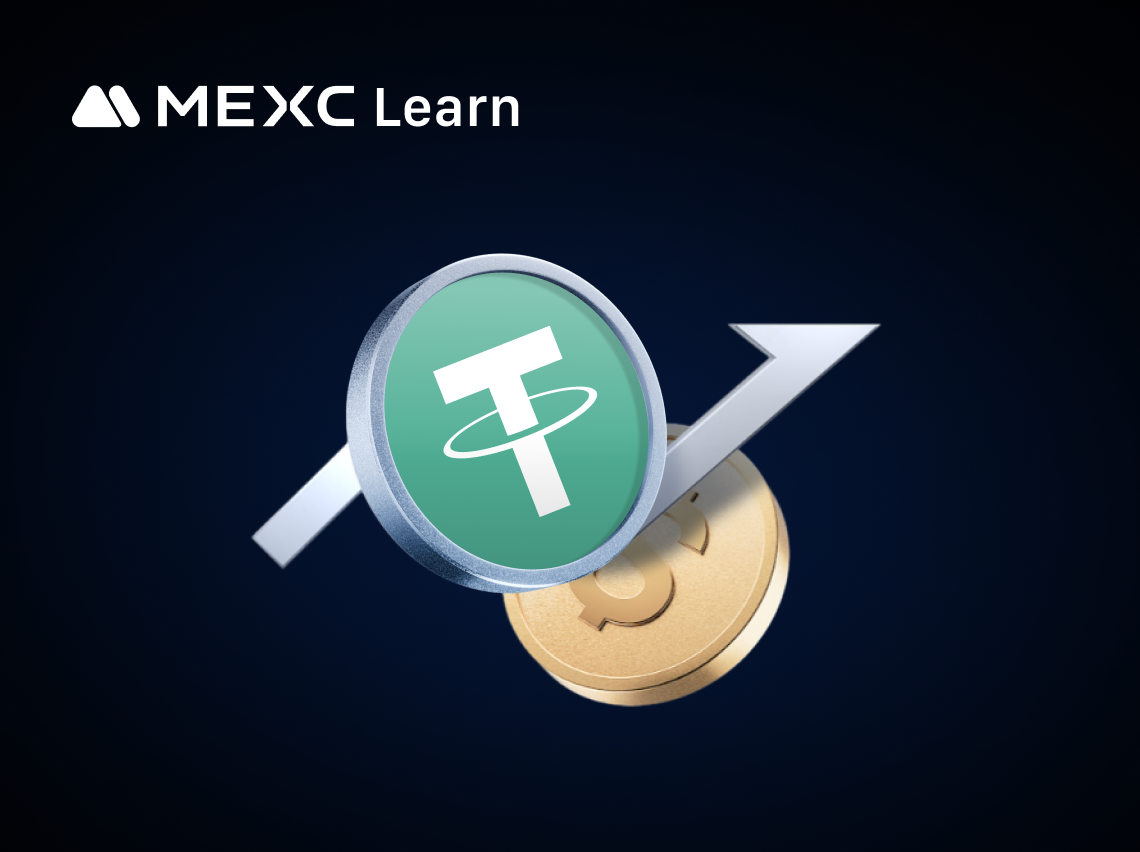
What Is MEXC Earn?
1. What is MEXC Earn?MEXC Earn is a one-stop product launched by MEXC to help users discover a variety of token-holding earning opportunities. It covers flexible savings, fixed savings, and on-chain e
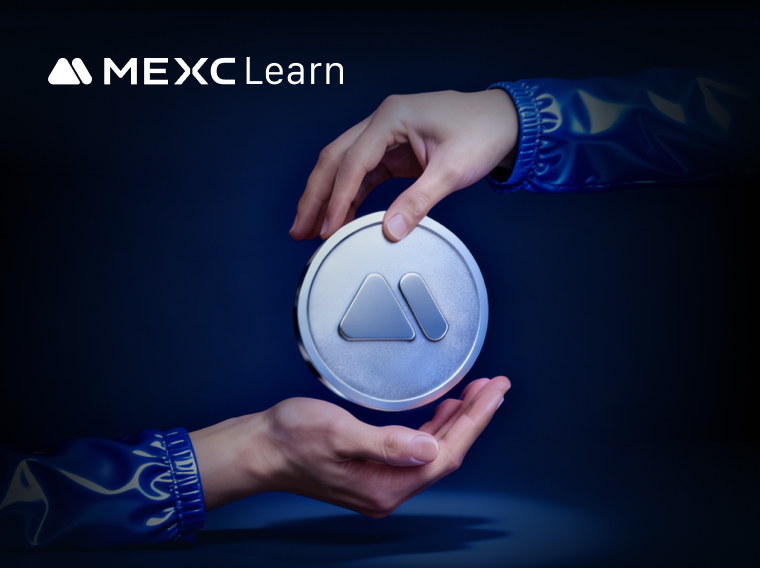
MEXC Loans is Now Live!
MEXC Loans is a cryptocurrency lending solution introduced by MEXC. MEXC Loans allows users to collateralize one of their cryptocurrency assets to borrow another that they can then use for spot tradin
